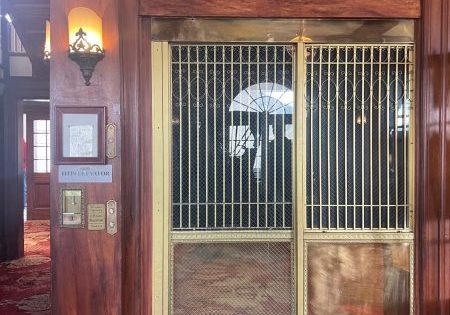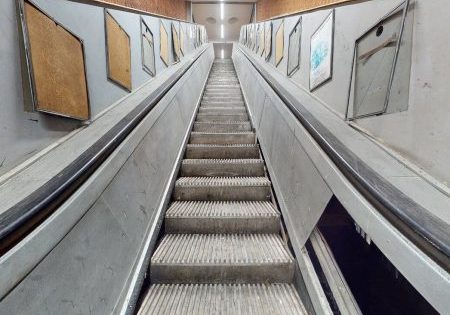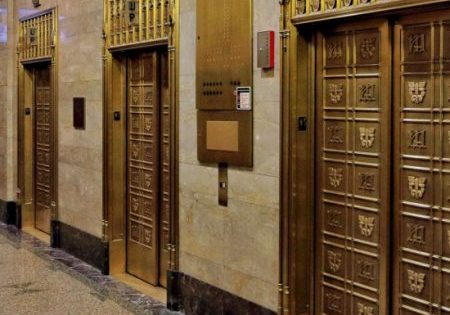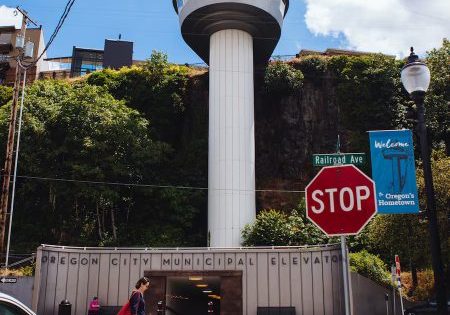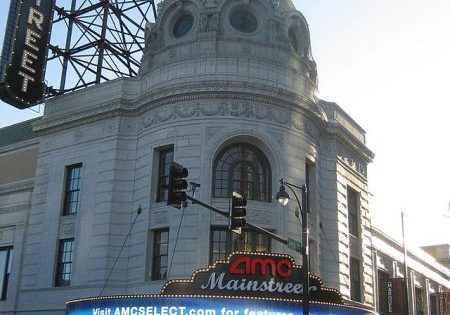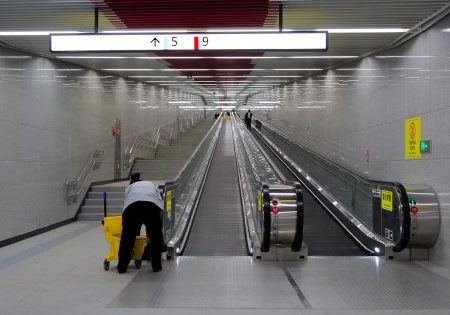A marvel in the Italian Renaissance Revival style, history credits the Lord & Taylor Building with a laundry list of firsts. Standing in Midtown Manhattan, NYC, between 38th and 39th Streets, the first store on Fifth Avenue, owned by America’s first luxury department store brand, opened its doors on February 24, 1914. Shoppers welcomed into the 660,000 ft2-plus flagship store must have been amazed to find not only 10 stories of merchandise, but a post office, traveling bureau and concert hall — complete with a US$75,000 Welte-Mignon pipe organ.
Customer experience was paramount, and everyone was considered. In the equestrian section, a mechanical horse was available to help shoppers confirm the clothes would fit their riding needs. During the Great Depression, the 10th floor was reserved for “men’s interests” and included a men’s entrance via express elevator that led directly to the department, which sold aprons and chef’s hats for barbecuing and included a smoking room.

To allow people to reach the range of retail floors, Lord & Taylor installed elevators — the first department store to do so. The building’s vertical-transportation (VT) system consisted of 20 passenger elevators connecting the above-ground floors and numerous freight elevators and conveyor systems. Uncommon for the time, the walls outside the landings on each floor had lighted arrows indicating the elevator’s direction of travel. In 1937, the store unveiled its first animated holiday window display. A hydraulic system, originally used for horse and buggies, acted as a freight elevator, lifting the displays from the basement to street-level.

Through the decades, the Lord & Taylor store weathered two world wars, various economic downturns, pandemics and epidemics, but a series of ownership changes in the early 2000s, shifting consumer sentiment and the “retail apocalypse” beginning in 2010 ushered in its demise. Provider of coworking spaces WeWork purchased the building for US$850 million in 2019 and sold it a year later to e-commerce giant Amazon for US$978 million, according to NYC Department of Finance records.Amazon spent several years renovating the building to fit its needs before opening its offices in mid 2023. Notably, the space has been updated with a VT system consisting of 12 KONE MonoSpace™ 700 3500-lb capacity elevators, two KONE MonoSpace 700 service elevators and four MonoSpace 500 elevators. Custom cabs featuring white, back-painted glass and a magnetic rail where passengers can scribble down ideas were designed by Troutman Elevator Interiors.

Not everything has changed; in 1914, the building’s 11th floor was home to a gym, open-air promenade, medical departments and other employee facilities, and today, it contains a dog run, dining room and roof terrace for Amazon workers. The difference now, in the era of remote working, is that these amenities are designed to encourage the 2,000 employees located there to come into the office. The Lord & Taylor Building’s long history offers a perspective on U.S. retail’s past, and its new ownership tells us something about retail’s future.
Get more of Elevator World. Sign up for our free e-newsletter.



